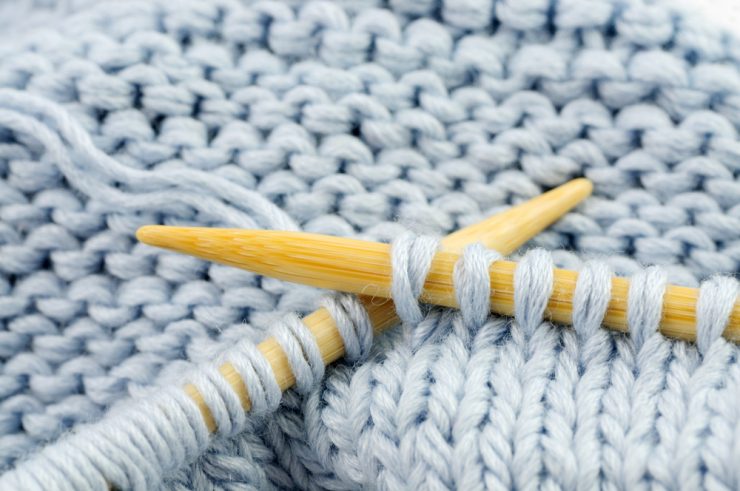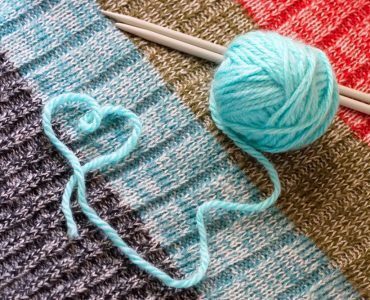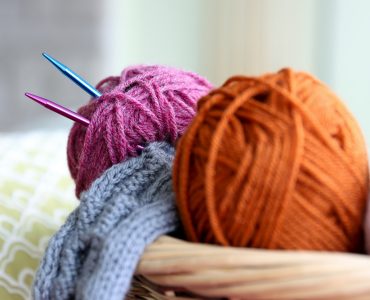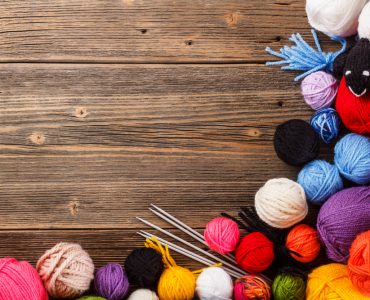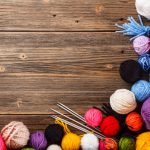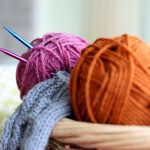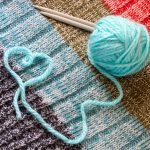Knit and Purl are two knitting stitches that are necessary to create ‘knitting’. Though these stitches complement each other, they have different appearances in the knitted product. The knit stitch looks like a vertical “V” while a purl stitch is similar to a curly parallel line that runs across the cloth. Different patterns in the form of pixels are formed in knitted fabrics using these knit and purl stitches, however, the pixels come in a rectangular shape. A stitch can appear taller through adding more yarn that passes through the loop (elongated stitch) and is used as a pattern for uneven knitting. A row of elongated stitches can be interchanged with rows of short stitches to create a nice pattern on the fabric. Both the tall and short stitches can also be altered in a row to form a fish oval structure.
To secure the previous stitch, the next stitch should run through the previous loop, which can be either above or below. If the stitch passes above the loop, it is called a ‘purl stitch’. However, if the stitch passes below the loop, it is a ‘knit stitch’. These two types of stitches always come together because a knit stitch on one side of the cloth becomes a purl stitch on another side.
Knit and purl stitches are used in knitted fabrics known as stockinette and reverse stockinette. Vertical stripes or ribbing patterns are created by alternating the wales of knit and purl stitches. Horizontal striping or welting pattern is formed by interchanging the rows of knit and purl stitches. Checkerboard or basketweave pattern is created by alternating the knit and purl stitches in each wale and in each row.


